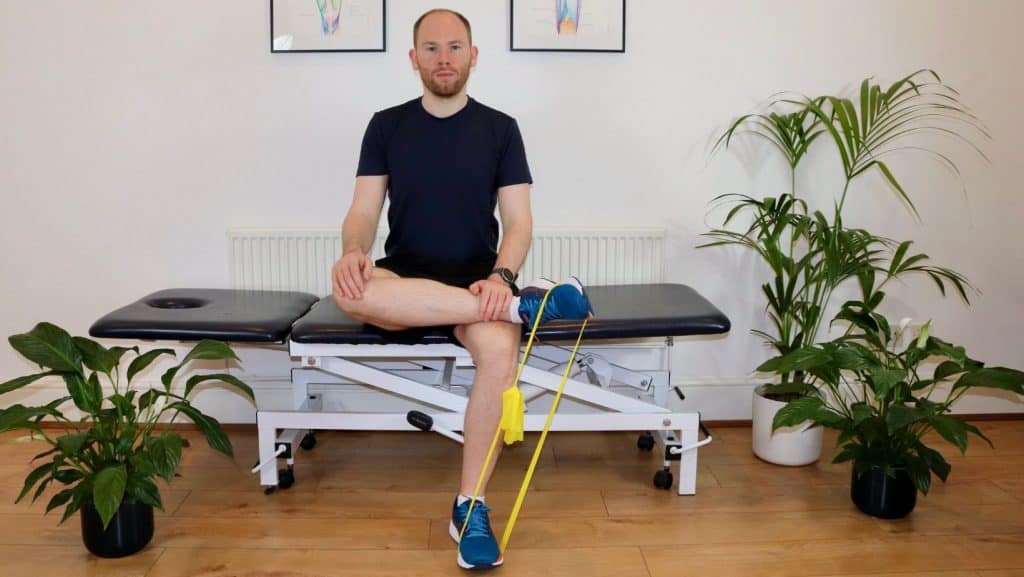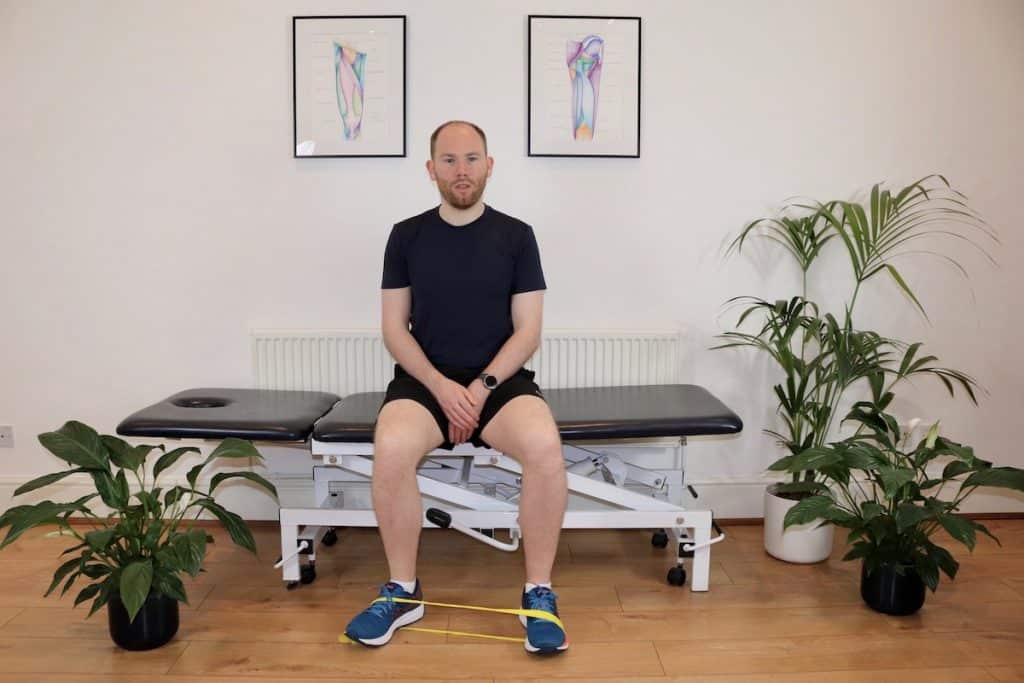Posterior Ankle Impingement (PAIS)
Read More >
Rehabilitation exercises for Posterior Ankle Impingement are the best form of treatment for Posterior Ankle Impingement. Often the posterior aspect of the ankle is inflamed from repetitive overuse, commonly observed in ballet dancers and runners. Symptoms include pain and swelling on toe pointing and heel raises. Applying the R.I.C.E treatment method can be appropriate to settle symptoms, but a rehabilitation program is often required.

The calf muscle group is located at the back of the lower leg. Tight calves can close down the angle at the back of the ankle and contribute to posterior ankle impingement.

The tibialis posterior muscle is a small, long, thin muscle that runs along the inside of the shin and attaches primarily to the medial longitudinal arch of the foot. The Tibialis Posterior provides stability to the inner foot and ankle when the toe is pointing and in the pointe position.

The peroneal muscles are a group of 3 long and thin muscles located outside the shin and connect to the outside of the foot. The co-contract alongside the posterior tibialis muscle helps stabilise the foot and ankle joint.
Often, posterior ankle Impingement is caused by biomechanical issues such as poor ankle stability or poor rehabilitation after an ankle sprain. Conditioning the foot and ankle joint through balance, stability, and strengthening exercises helps reduce inflammation in the posterior ankle and addresses injury causes.
You should perform most strengthening exercises at least three times weekly to increase strength. If any exercises cause discomfort, we recommend speaking to a medical professional.
In the early stages of Posterior Ankle impingement, exercises such as jumping and hopping, you should avoid running exercises. This includes positions such as demi-pointe, point, heel raises, and toe pointing.
This article is written by James McCormack, a Lower Limb Specialist who is an expert in treating Posterior Ankle Impingement.
This is not medical advice. We recommend a consultation with a medical professional such as James McCormack if you are experiencing any of the symptoms discussed in this article. James offers Online Physiotherapy Appointments weekly and face-to-face appointments in his London clinic.